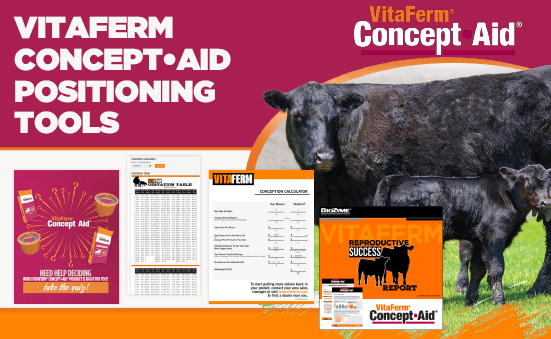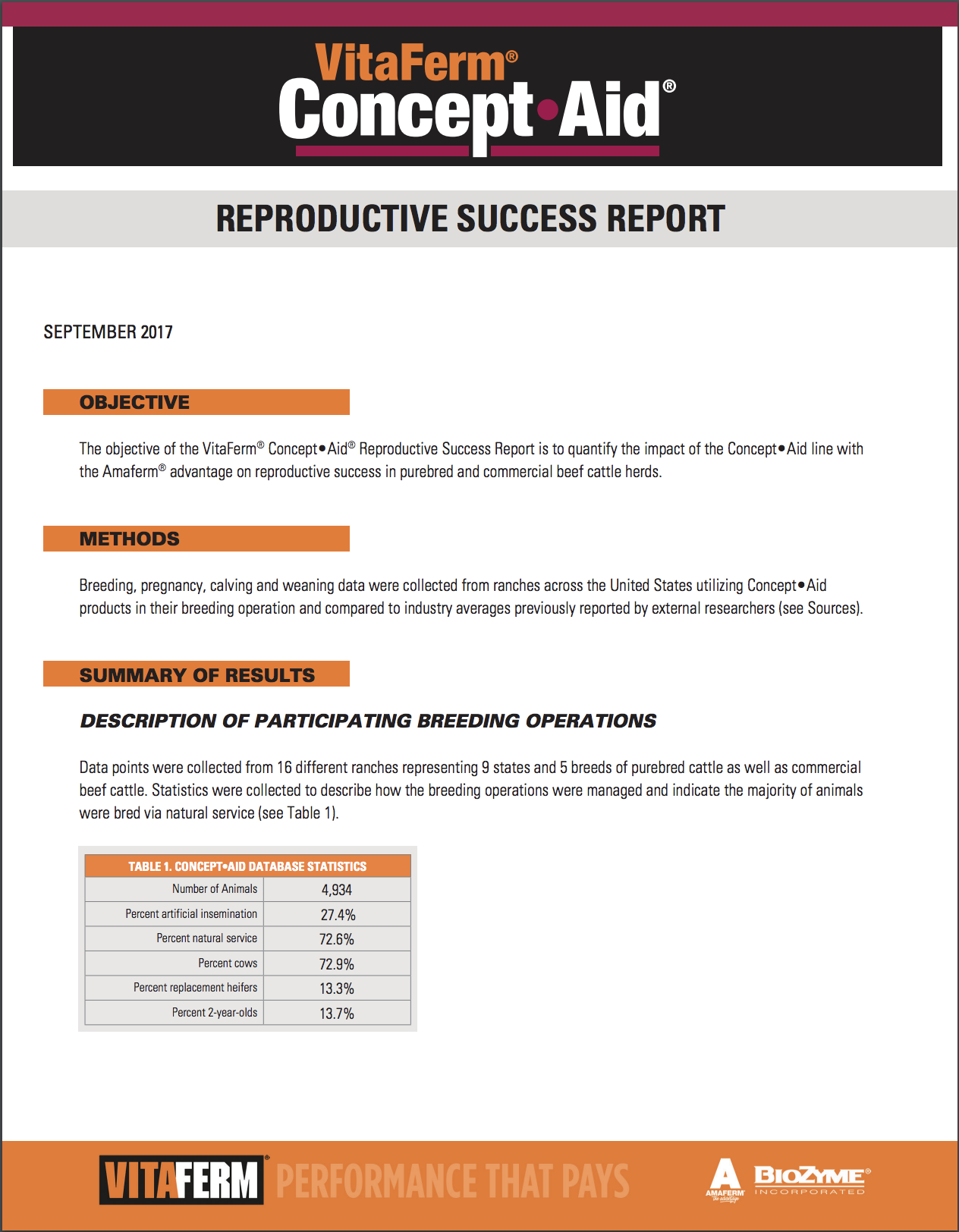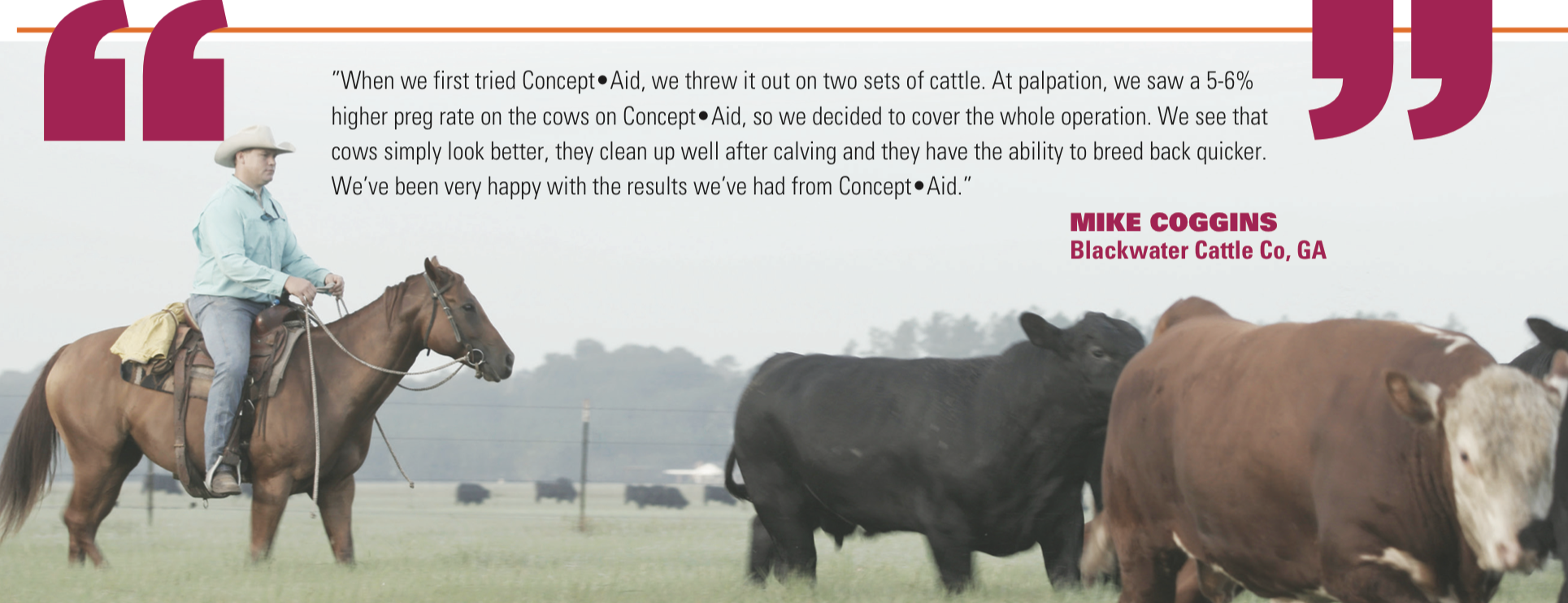In a day and age that caters to individuals on numerous levels, it can be a challenge to find something that satisfies the needs of many. But, for people caring for and hauling show livestock, they only need to look to one supplement line to make sure their animals’ digestive system is kept in check and the animals stay on feed and water.
Vita Charge® is a multi-species livestock supplement that provides a powerful dose of vitamins, B vitamins, MOS and the Amaferm® advantage for those stressful times when livestock need protection or assistance in recovery. Amaferm is a precision prebiotic designed to enhance digestibility by amplifying the nutrient supply within for maximum performance. MOS traps bad bacteria limiting their ability to do harm.
Because Vita Charge comes in different forms, it is easy to use in a variety of situations and for every specie. Vita Charge is available in a gel, liquid and tub form. Vita Charge® Gel and Vita Charge Liquid Boost® are both great supplements to give your new show projects whenever you bring them home. Liquid Boost can be mixed in the water, added to a medicator, top-dressed on feed or used as a drench.
Trey Miller, TKM Livestock in Amanda, Ohio, buys and sells numerous lambs throughout the year. He knows that keeping their digestive system healthy is the key to keeping them performing. He is a firm believer in the Vita Charge products and administers 5-10 mL of Vita Charge Gel to new lambs as soon as they get them to their new homes, just to get them started on the right foot.
Not only are the products ideal to use when acclimating livestock to their new environments, both Liquid Boost and Vita Charge Gel are very portable and make great companions on the show road to make sure livestock stay on feed and water during times of stress.
“We always use the Vita Charge when we are hauling to a show. It helps our goats stay on feed and keeps them feeling good while we are at the show,” said Nebraska-based goat exhibitor Sheldon Johnsen.
Often times, people will start on the Vita Charge products a few days before they leave for the show, to help eliminate any stress associated with travel. It is recommended to use the Vita Charge products during the duration of the show.
“We use the Vita Charge Paste (now Vita Charge Gel) on our cattle the day before we leave for a show, the entire time we are at the show and the day we get home,” said Mitch Rohr, Elbert, Colo. “It keeps our cattle drinking when we travel, and they just consume their feed and water better when we are on the show road.”
The third option is the Vita Charge Stress Tub, designed specifically for cattle. The tubs are a convenient way to make sure your calves get their daily dose of Vita Charge, keeping them on feed and water, without extra handling. They come in two sizes, 200 and 50 pounds, making the 50-pound tub convenient enough to haul to shows and keep in front of your calves either in the stalls or in tie-outs.
“Our family truly believes in having Vita Charge stress tubs in our pens and while traveling at all times. The tubs mixed with Sure Champ® Climate Control have helped keep the stress off our cattle immensely during the hot days and long hauls,” said Taylor Goering, McPherson, Kan., who travels to numerous shows throughout the year.
Finding a product that is adaptable across multiple species, is easy to use and will help your livestock recover from times of stress, keeping their digestive health in check, sounds like the impossible. But with products from Vita Charge, you can accomplish great things with your animals both at home and on the show road.
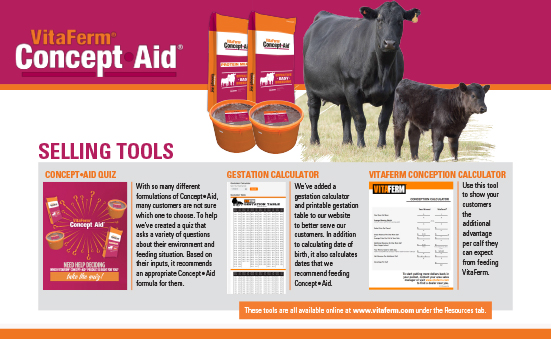






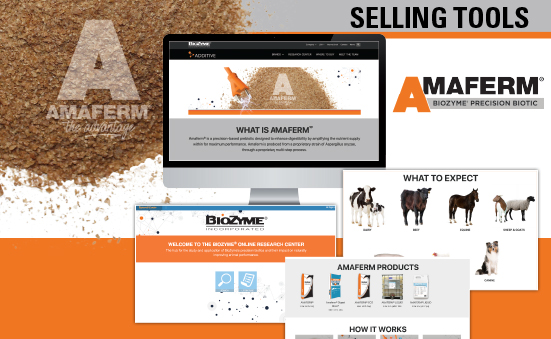
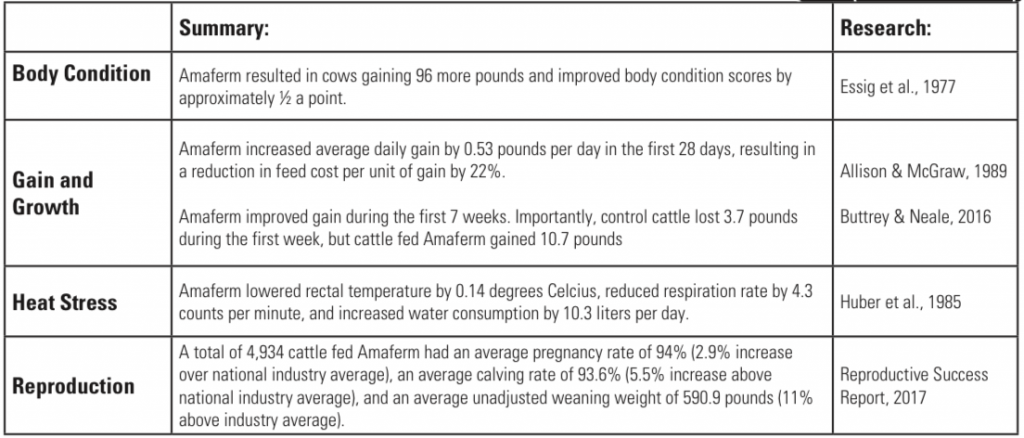 For more results and research for other species, visit
For more results and research for other species, visit 